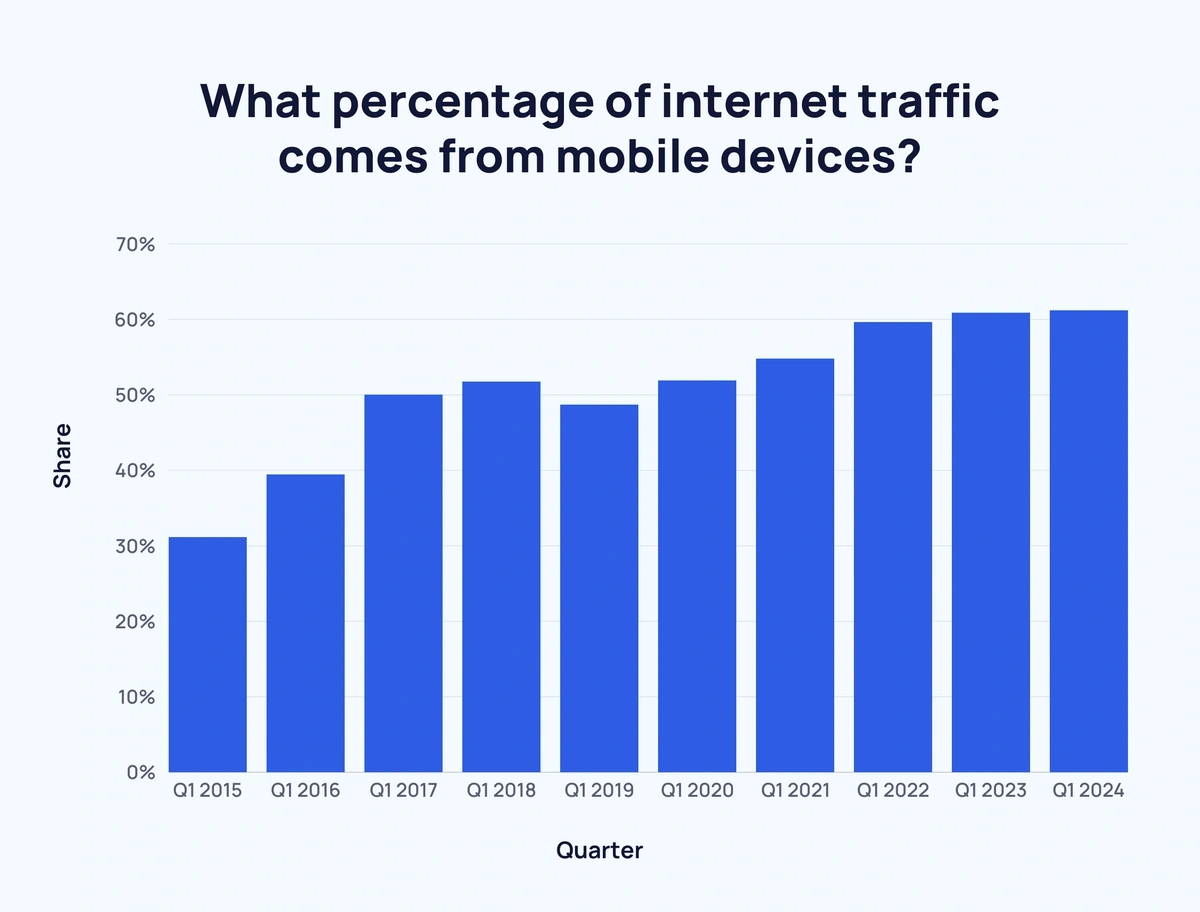In the world of website design, content is king and is often considered the backbone that holds everything together. From enhancing user experience to boosting search engine optimization, the importance of content cannot be overstated.
Key Takeaways:
- Content is one of the most important roles in website design by enhancing user experience, SEO, and branding.
- Elements of good website content include relevance, clarity, visual appeal, and a strong call to action.
- To create effective website content, understand your target audience, use strategic keywords, and consistently update with fresh and relevant content.
The Importance of Content in Website Design
The importance of content in website design cannot be overstated. Content plays a pivotal role in engaging users, conveying information effectively, enhancing the design aesthetics, and optimizing for search engines. Without quality content, a website may fail to attract and retain its target audience, impacting its overall success.
How Does Content Affect Website Design?
Content in anything from the images, videos, buttons, and words that you utilize and has a profound impact on website design. It influences user experience, search engine optimization, branding, messaging, and overall layout and structure. The way content is presented and structured can significantly affect how users interact with the website and how search engines rank it.
User Experience
User Experience (UX) is a critical aspect of website design that encompasses the architecture, structure, and usability of a site. A well-designed UX ensures that visitors can easily navigate, find information, and interact with the content, leading to increased engagement and reduced bounce rate.
When users encounter a website with a seamless UX, they are more likely to stay longer, explore different pages, and ultimately achieve the intended goals set by the website owner. The design elements such as clear calls-to-action, intuitive menus, and responsive layouts play a role in shaping the overall user experience.
Search Engine Optimization (SEO)
Search Engine Optimization (SEO) is a fundamental element of any website that involves optimizing content with relevant keywords to improve visibility on search engines like Google.
When users search specific terms related to a business, service, or product, websites that have strategically placed these keywords are more likely to appear higher in search engine results pages (SERPs). This increased visibility not only drives more organic traffic to the site but also enhances the chances of converting visitors into customers. Through effective SEO practices, websites can continuously refine their keyword strategies to stay ahead of competitors and maintain a strong online presence.
Branding and Messaging
Branding and messaging are two other important components of any website design that can help establish a professional image and convey brand identity effectively. Consistent branding, compelling messaging, and high-quality content are essential for creating a strong brand presence and engaging with the target audience.
Professional content marketing plays a pivotal role in shaping a brand’s voice and narrative across digital platforms, ensuring that the messaging is coherent and resonates with the audience. A well-defined brand identity not only fosters recognition but also builds trust and credibility among consumers.
Through strategic content creation and messaging consistency, companies can differentiate themselves from competitors, reinforce their unique selling propositions, and drive brand loyalty. Effective branding enhances user perception, strengthens brand authority, and ultimately drives user engagement and conversion rates.
Learn how to build your own website from scratch
WordPress + Elementor Pro
- A global presence
- Professionalism
- Open 24/7
- Earn passive income
- So much more
What are the Elements of Good Website Content?
Good website content possesses key elements that include relevance, visual appeal, effective calls to action, and alignment with branding and messaging.
Relevance
Relevance is a cornerstone of good website content, ensuring that the information provided is valuable, accurate, and aligns with the user’s needs and expectations. Creating content that is relevant to the target audience enhances user engagement and establishes credibility for the website.
When users visit a website, they expect to find content that speaks to their interests and answers their questions. By delivering relevant content, a website can increase user satisfaction, build trust, and encourage visitors to stay longer on the site. A user-friendly design accompanied by a well-defined content strategy plays a crucial role in maintaining relevance.
Clarity and Conciseness
Clarity and conciseness are vital aspects of good website content, ensuring that information is presented clearly, logically, and without unnecessary complexity.
Effective copywriting, a well-defined content plan, and concise messaging help users understand the content quickly and navigate the website with ease.
Crafting compelling copy that is to the point and aligns with the overall content strategy is essential for capturing and retaining user attention. By integrating keywords strategically and structuring content in a digestible format, websites can cater to diverse audiences effectively.
Visual Appeal
Visual appeal plays a critical role in good website content, as it captures users’ attention, conveys information effectively, and enhances the overall aesthetic of the site. Incorporating high-quality images, videos, and visual content on web pages can significantly improve user engagement and retention.
When a website is visually engaging, users are more likely to stay longer on the site and explore its various sections. The use of relevant images not only adds value to the content but also helps in breaking the monotony of text-heavy pages.
Incorporating videos can provide a dynamic element that appeals to different learning styles and preferences.
Call to Action
A strong call to action (CTA) is a critical element of good website content, prompting users to take specific actions that lead to conversions, such as making a purchase or subscribing to a service. Effective CTAs can enhance lead generation, increase user engagement, and drive desired outcomes.
CTAs serve as guideposts for website visitors, directing them towards the next steps you want them to take. By strategically placing CTAs within your content, you can influence user behavior and encourage them to interact further with your site.
Utilizing compelling language and design that stands out can significantly impact the success of your CTAs. For instance, ‘Get Exclusive Access’ or ‘Start for Free Today’ are examples of powerful CTAs that create a sense of urgency and value.
Implementing various types of CTAs, such as buttons, pop-ups, or inline text links, allows you to cater to different user preferences. Testing different placements and wording for CTAs through A/B testing can help you determine what resonates best with your audience.
How to Create Effective Website Content?
Creating effective website content involves understanding the target audience, strategically using keywords, incorporating visuals and multimedia, and maintaining content freshness. By aligning content with user preferences and search trends, websites can attract, engage, and retain visitors effectively.
Bonus: Create usable branded assets out of any image ⇒
Understand Your Target Audience
Understanding your target audience is essential for creating content that resonates with their preferences, interests, and needs.
By looking into audience segmentation, content creators can pinpoint specific groups within their target market, allowing them to craft personalized messaging that speaks directly to different audience segments. Analyzing user behavior provides valuable insights into how users interact with content, what kind of information they seek, and the channels they prefer for communication.
This understanding is important for tailoring content formats and distribution channels to meet audience expectations and preferences, ultimately enhancing user engagement and driving conversions.
Use Keywords Strategically
Using keywords strategically in website content is the bread and butter for any SEO strategy. By conducting keyword research, implementing targeted keywords naturally, and optimizing meta tags, websites can enhance their SEO performance and increase their chances of ranking higher on search engine results pages.
Keyword research involves identifying popular and relevant terms that potential visitors are likely to use when searching online. These keywords should be seamlessly integrated into the content, ensuring they flow naturally within the context.
Balancing high-volume keywords with long-tail keywords can broaden the reach of the content and attract a more diverse audience. Plus, structuring content with headings and subheadings not only aids in readability but also helps search engines understand the hierarchy of information, thus boosting the chances of ranking for specific keyword phrases.
Utilize Visuals and Multimedia
Visuals and multimedia elements enhance the appeal and engagement of website content, providing users with interactive and visually stimulating experiences.
Incorporating infographics can help condense complex information into easy-to-understand visuals, improving user comprehension and retention. Embedding videos not only enhances storytelling but also caters to different learning preferences, appealing to both visual and auditory learners.
Interactive media such as quizzes or interactive maps can boost user interaction and dwell time on the site, fostering a deeper connection with the content.
Employing a mix of visual elements ensures a holistic approach to content delivery, catering to a diverse audience and enriching the overall user experience.
Keep it Fresh and Updated
Keeping website content fresh and updated can help maintain user interest, attract new visitors, and signal credibility to search engines. Regularly updating blog posts, news articles, product listings, and service information helps websites stay relevant, drive web traffic, and showcase their commitment to quality.
What are Some Common Content Mistakes in Website Design?
Several common content mistakes can impact the effectiveness of website design, such as having too much or too little content, poor quality or irrelevant content, lack of consistency, and neglecting mobile optimization.
Addressing these content pitfalls is essential for enhancing user experience, optimizing SEO, and achieving business goals.
Too Much or Too Little Content
Having either too much or too little content on a website can lead to user confusion, information overload, or lack of relevant details. Striking a balance and maintaining consistency in content volume keeps users engaged and delivering information effectively.
Excessive content can overwhelm visitors, making it challenging for them to navigate the site and find the information they seek.
On the other hand, insufficient content may fail to provide adequate details, leaving users with unanswered questions and a lackluster experience.
To combat these issues, website owners should conduct regular content audits to assess the relevance and quality of existing material. Developing a content strategy that focuses on user needs and aligns with the brand’s objectives is key.
Poor Quality or Irrelevant Content
Poor quality content or content that is irrelevant to the target audience can diminish user experience, impact SEO efforts, and weaken brand credibility.
When users encounter content that is not helpful or lacks relevancy, it can lead to frustration and disengagement, resulting in higher bounce rates and lower conversion rates for the website. Search engines like Google also penalize websites with poor quality content by reducing their rankings in search results, making it harder for potential visitors to discover the site. Irrelevant content can dilute a brand’s message and confuse visitors, undermining the overall brand image and trustworthiness.
Lack of Consistency
Maintaining consistency in branding, messaging, UI elements, and content presentation for creating a unified and coherent website experience.
Inconsistencies in design, tone, or content style can confuse users, dilute brand identity, and hinder effective communication with the target audience.
For instance, imagine a website where the color scheme and typography are different on every page, making it hard for visitors to associate with the brand. This lack of consistency can lead to a fragmented user journey, affecting user trust and loyalty. Similarly, varying messaging tones across different sections may create a disjointed user experience, impacting brand recall.
Neglecting Mobile Optimization
Neglecting mobile optimization can lead to poor user experiences, high bounce rates, and decreased engagement on a website.
Today, over 60% of internet users access websites through their smartphones and tablets, and ignoring the importance of mobile optimization poses significant challenges for website owners and businesses.

A website that is not responsive and tailored for mobile devices can frustrate users, making navigation cumbersome and content hard to consume.
Frequently Asked Questions
1. What is the role of content in website design?
The role of content in website design is the main element that conveys information to the visitors and engages them with the website.
2. How does content contribute to the overall design of a website?
Content plays a significant role in the overall design of a website by providing structure, purpose, and visual appeal. It helps in creating a user-friendly experience and makes the website more attractive.
3. What type of content should be included in a website design?
The content on a website should be relevant, informative, and engaging for the visitors. It can include written text, images, videos, infographics, and other media elements.
4. Can content make or break a website’s success?
Yes, the quality and relevance of content can make or break a website’s success. Good content can attract and retain visitors, while poor content can drive them away.
5. How can content be optimized for better website design?
Content can be optimized for better website design by ensuring it is well-written, visually appealing, and organized in a user-friendly manner. It should also be optimized for SEO to improve its visibility and reach.
6. Why is it important to regularly update and refresh website content?
Keeping the website content updated and fresh is necessary to maintain visitor interest and improve search engine rankings. It also shows that the website is active and relevant to current trends and information.


